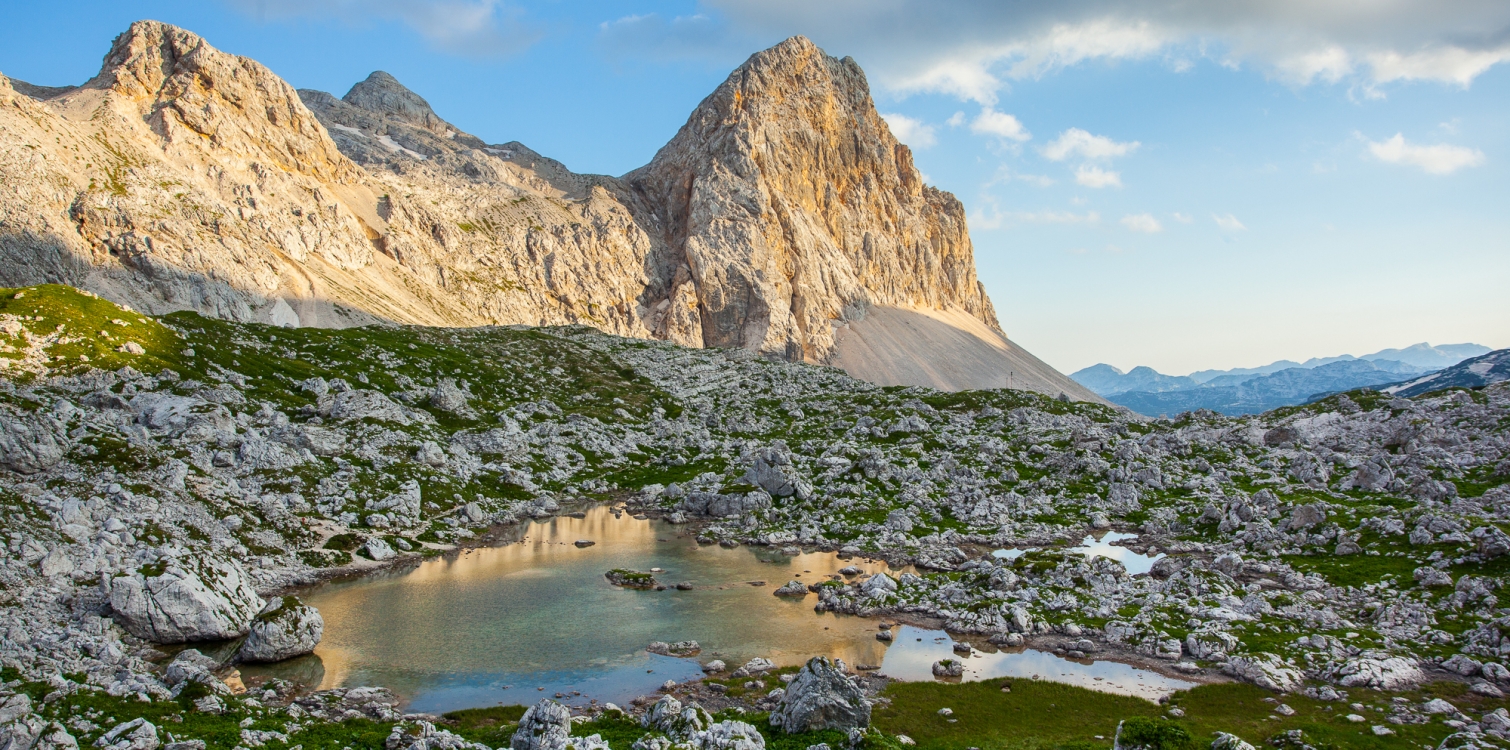UNESCO, the United Nations Educational, Scientific and Cultural Organisation, established the interdisciplinary Man and the Biosphere Programme (MAB) in 1971. It is an intergovernmental research programme that establishes a global network of biosphere areas.
The global MAB network already comprises 651 areas in 120 countries around the world. The Julian Alps were declared the first biosphere area in Slovenia in July 2003.
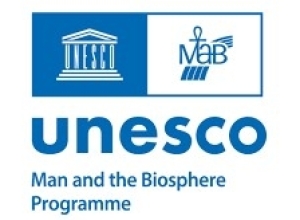
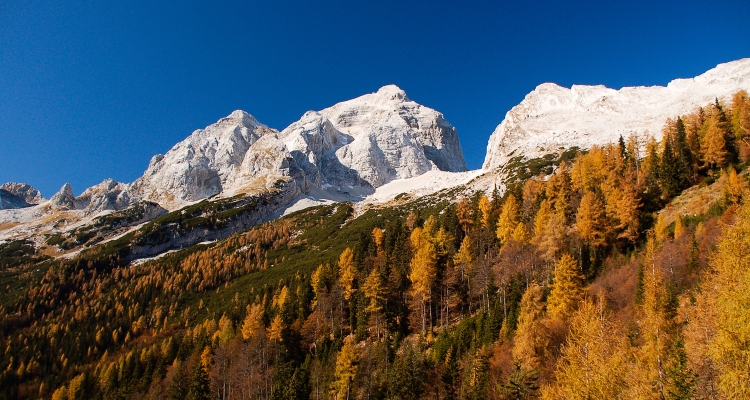
The Julian Alps Biosphere Reserve covers 195,723 ha, of which:
- the central area, 63,900 ha;
- the peripheral zone, 20,082 ha;
- the zone of influence, 111,741 ha.
The area includes within its boundaries the municipalities of Bled, Bohinj, Bovec, Gorje, Jesenice, Kobarid, Kranjska Gora, Radovljica, Tolmin and Žirovnica. The proponent and manager is the public institute Triglav National Park.
The Julian Alps were joined by the Karst Biosphere Reserve (2004), the Obsotelje and Kozjansko Biosphere Reserve (2010) and the Mura Biosphere Reserve (2018) on the list of the World Network of Biosphere Reserves.
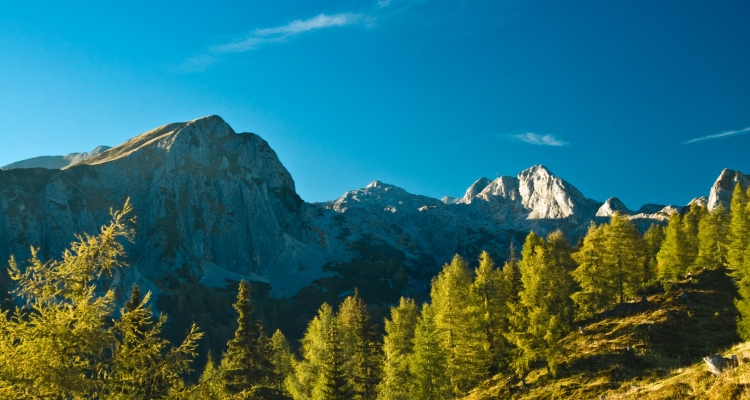
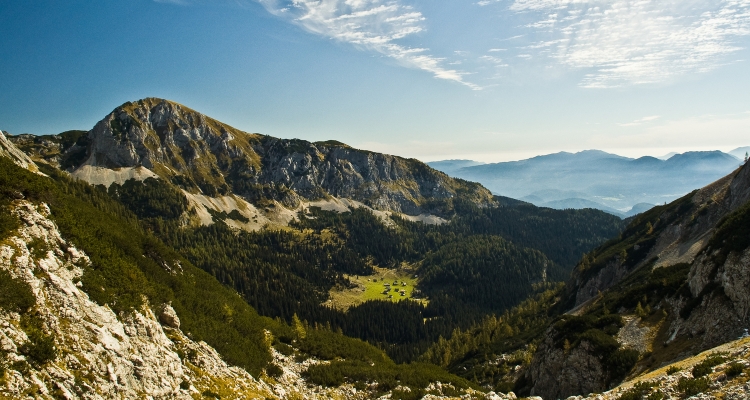
The MAB Programme prescribes the division of the biosphere zone into a central area, an peripheral area and an area of influence. The central and peripheral areas of the Julian Alps are already defined by the Triglav National Park Act, while the area of influence covers the wider Julian Alps.
The programme also includes cross-border cooperation with the Italian Julian Foothills Nature Park.


